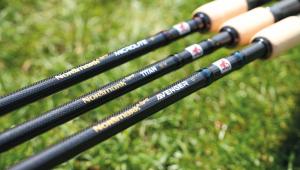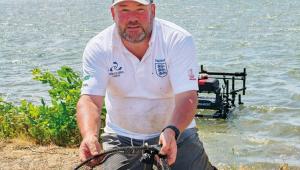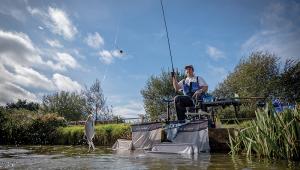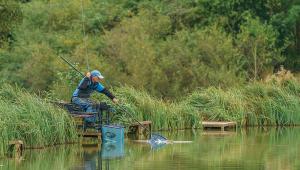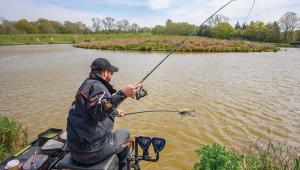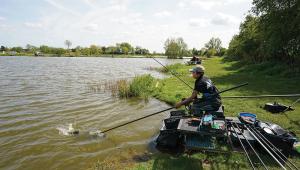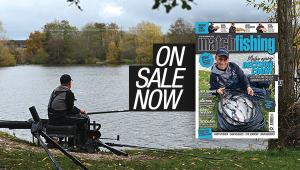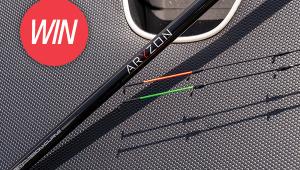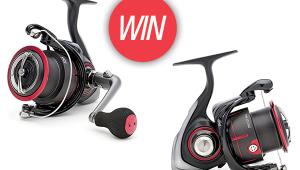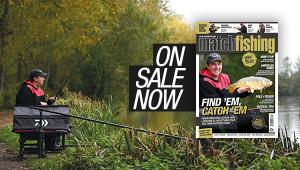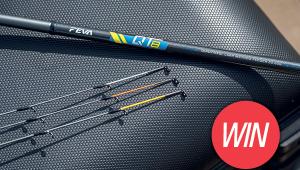Snag Feeder Fishing - Tommy Pickering
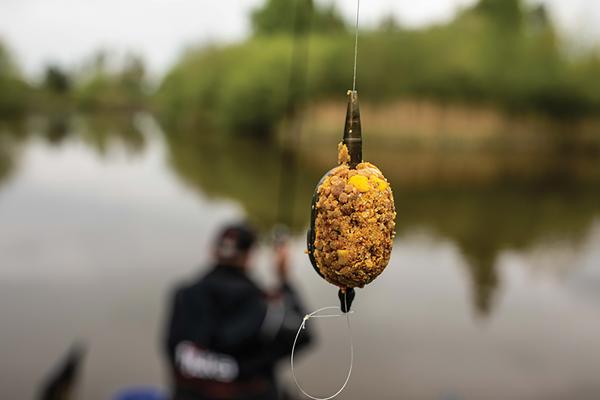
A lot of anglers would cry if they drew a peg like this. Full of fish for sure, but with a bed of stick-ups extending 10 feet or more out into the lake, it is anything but easy to fish.
The great thing about this kind of swim is that you know it holds a lot of fish. At this time of year in particular, the fish flock to this sort of cover. Not only does it provide cover from harsh light and predators, but as the various species move in to spawn, other good fish are never far behind hoovering it up.
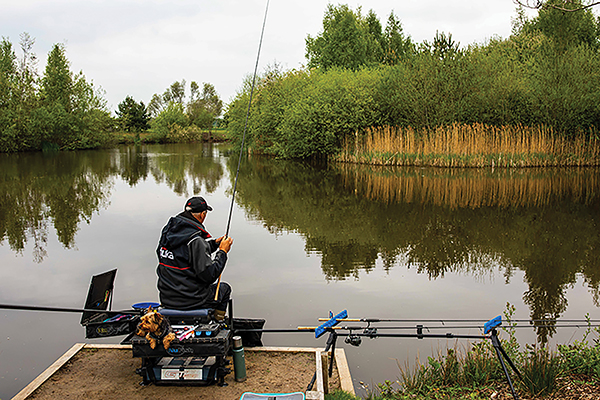
I’ve heard all manner of theories about how it’s best to approach this sort of peg over the years. Mega beefed up tackle, with bull rope and huge hooks are popular among some anglers, but I tend to find that if you step up your gear too much, the amount of bites you get suffers.
Use hooks that are too small with tackle that is too strong, and you end up simply ripping the hooks out of the fishes’ mouth. So the keys – as with almost all angling – are balanced tackle that puts you in control, and most importantly technique.
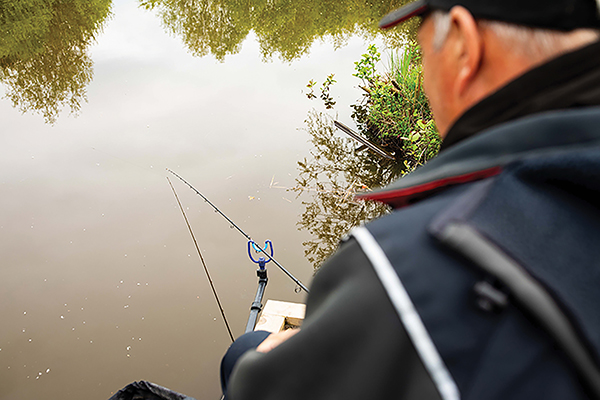
One of my mantras in angling is you have to worry about hooking the fish first and foremost, so let’s talk about end tackle. Hook choice is a size 16 Guru Super LWG to 0.17mm line, tied with a hair-rigged spike. I use a small Preston Method feeder, free running to a bead, and 8lb reel line. Now on to the most important part of this equation – my rod.
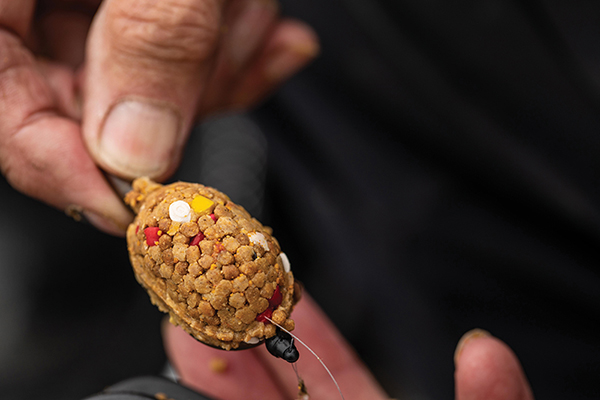
This is one of the Free Spirit CTX range in an 11ft version. The key characteristic with this rod is its action; it’s very soft. Therefore when I get a bite, I can simply lift the rod to its highest point, and use the action of the blank to turn the fish and get it coming towards me.
Angles Make An Angler
This simple, but deadly technique has won me thousands over the years. I first mastered it at Messingham Sands on the Island Pond. There was a peg there that anglers dreaded drawing, most of the regulars used to take carp rods and try and heave anything they hooked out of the snag. One day, I drew it, and using this technique I lost only a couple of fish, landing over 20, and winning the match outright.
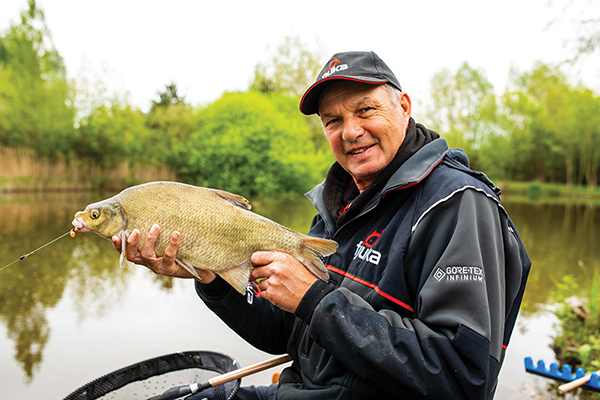
The thinking behind it is all about turning the fish and getting them coming towards you. Think pole fishing for a minute. If a fish runs into stick-ups, to get them to swim out the key is to hold your pole directly above your rig and apply gentle pressure.
This way, not only are you making the fish turn, but you are giving it minimum opportunity to run you around anything, as the angle of your line will mean it will follow the fish around obstacles rather than getting caught in them, as it might do if you held your pole low.
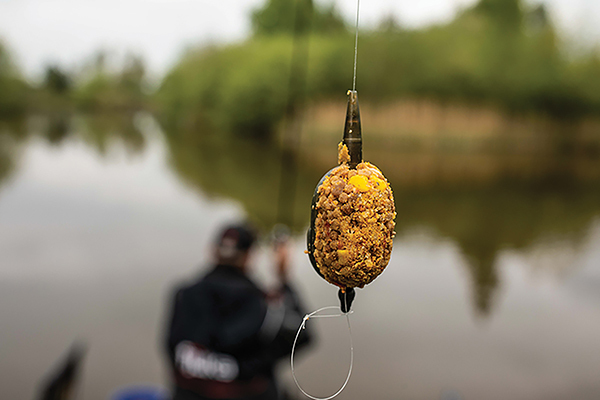
Same theory here. I’m over six feet tall, and with an 11ft rod, I dare say I can get 20 feet of elevation or more from the surface of the water, depending on the height of my peg off the water. I am trying to turn the fish, while giving them minimum chance of snagging me up.
Crucially, the soft action of the rod means the hook has very little chance of pulling out, and as soon as the fish’s head is turned, you have him coming towards you.
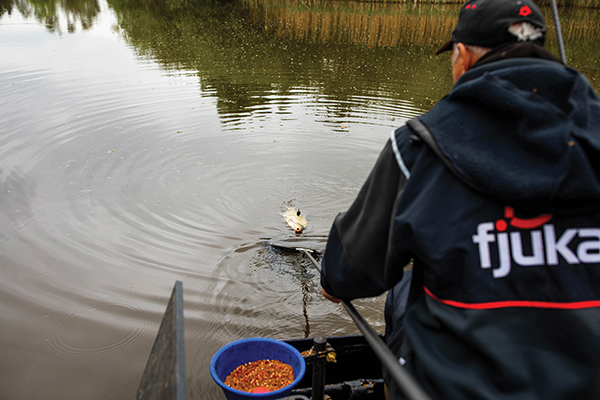
One final point on this, I angle my rod away from the snag, rather than pointing it towards the danger zone when it’s on the rest. This means I am able to get the rod high when I get a bite without everything locking up, as it might do if I pointed the rod at the fish.
Oh, and I use both a butt rest and a secure lower rod rest to make sure that the rod can’t be pulled in if I should get momentarily distracted.
Bait & Feeding
I have talked through how I load a Method feeder dozens of times, it really is simple. I soak some standard micro pellets until they are soft on the outside, but still have a hard inner core.
I then add in a generous helping of the Fjuka 2in1 Micros. This not only adds colour to my feed pellets, but more importantly introduces the smell of Sensate attractant, which permeates the feed pellets. Don’t ask me why but this stuff really does seem to draw in bigger fish of all species, but especially carp and F1s.
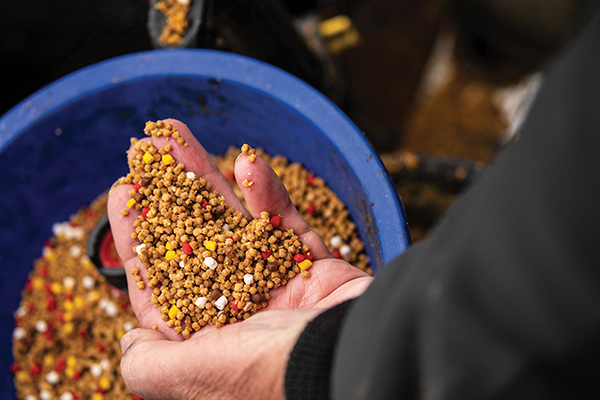
Hook bait is one of the new Fjuka Wafters in a 6mm. Again, these ooze Sensate attractant, so maximise the pulling power of my bait. This is particularly important with regards to this style of fishing, as I want to feed as little as possible in the ‘danger zone’ next to the snag.
I want as much competition here as I can, so bites come quickly, and importantly, I hook fish in the mouth and run less risk of foul hooking.
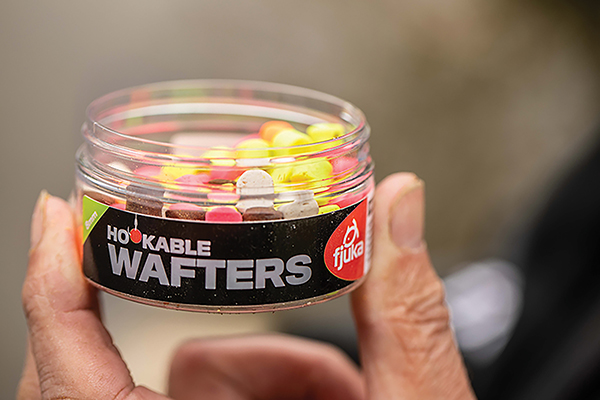
Action Stations!
One thing that any sort of snag fishing requires is concentration. As soon as there is a fish on I want to assume that high position with the rod. Every second really does count in getting the fish coming your way. Fortunately, I am not waiting too long today before I am in business.
The rod is high, and a powerful fish makes its bid for freedom. My plan works, and though it gives the tackle a bit of a workout, I am soon able to turn its head and get it coming towards me. I waste no time in getting some turns on the reel, and before long a 4lb carp graces the net. Lovely!
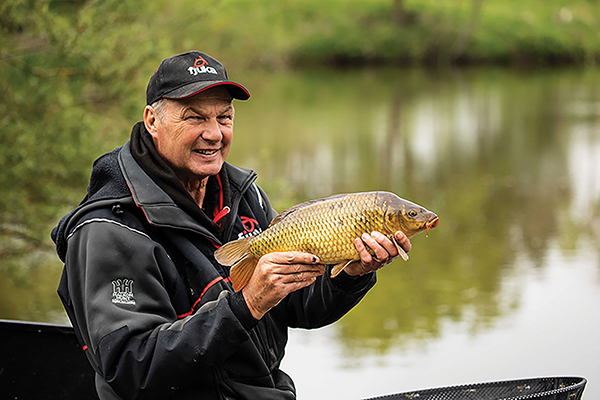
Two more fish soon follow, including a good bream of about 4lb. Not what I expected, but proof that all species of fish love the cover and sanctuary that reeds like this provide.
I fully expect action on this line to slow after a while, so I also prime an open water line. Here, I simply fire 2in1 bait via a catapult. The beauty of using this soft gear is I don’t even have to swap rods when I go on this – I can cast my Method feeder over this line and nick a fish or two while my other line is resting.
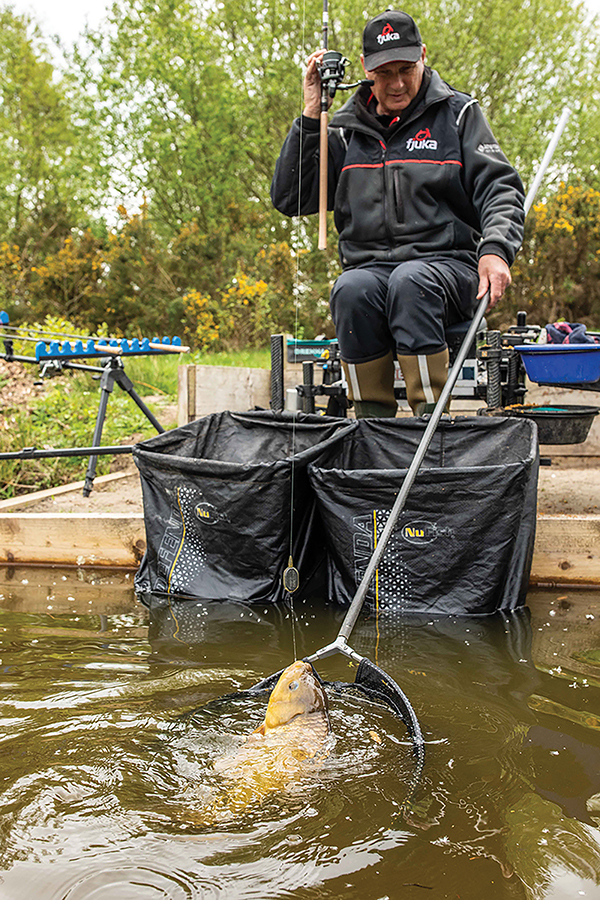
Sure enough, after my fourth fish I find myself waiting, so it’s time for a rest. I think this is important with any kind of commercial fishing. Always rest a line if you feel it waning and give the fish a chance to regroup, otherwise you might find they back off elsewhere. Much better to work a line for five hours and maximise your return, than blow it by hammering it for the first hour.
My open water line proves good too to be honest, as skimmers, bream and even a welcome tench grace my net from here. Interestingly though, I never hook a single carp here, proof if any was needed of just how much fish love cover, especially on bright, clear days like this.
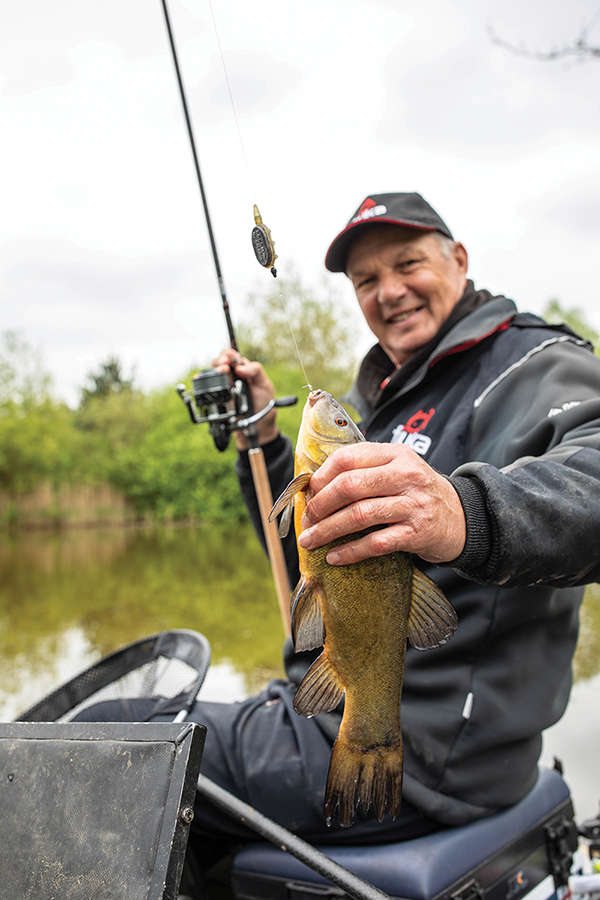
A Change Is As Good As A Rest
Sure enough, after a 20-minute rest, my snag line yields once more. This time it’s a big, golden fantail, a gorgeous fish that didn’t put up too much resistance. Next put in it’s another angry carp though, which I regret to admit finds its way into the snag. Still with five fish in the pan from this line, one lost is an acceptable ratio of success.
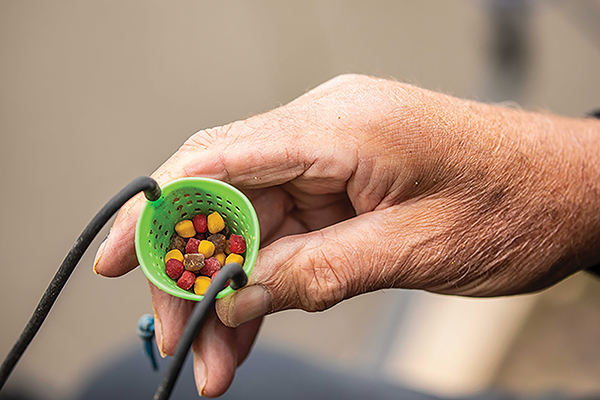
With all the commotion, I let this swim settle down before recasting, and drop on my loose feed line. This really is the beauty of a two-line approach – you can work your peg to maximise your return.
Back on the snag swim, and another angry carp soon graces the net. Again, it’s two or three bites before I find myself waiting and it’s time to switch.
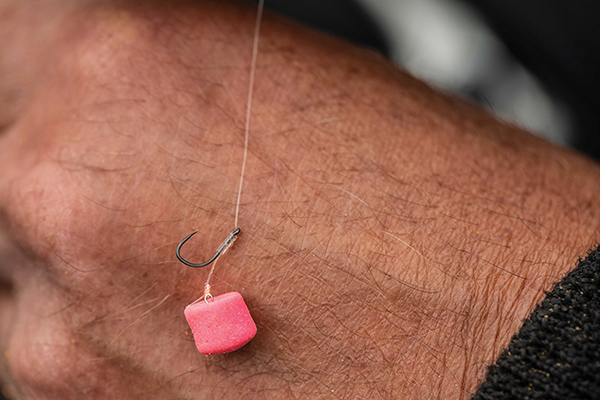
I continue in this fashion, rotating the two lines for the duration of the session. I end with 10 carp and F1s, plus a similar amount of bream and skimmers for about 60lb.
A lovely day’s fishing in anyone’s book, from a peg that could quite easily have proved a nightmare – if it wasn’t for my tried and tested snag fishing approach.
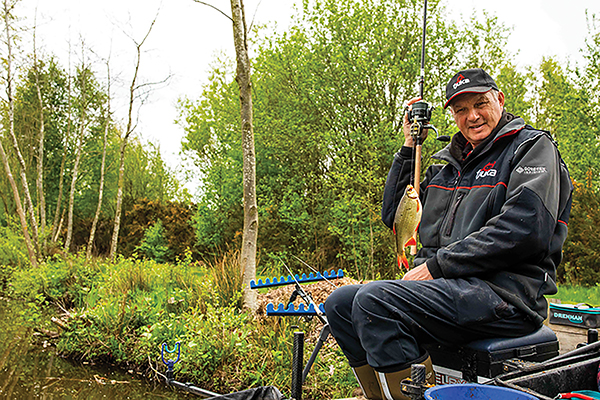
Safety First!
You can’t win them all when it comes to snag fishing, and it’s inevitable that occasionally you will find yourself stuck. The key is to keep calm. More tackle is broken in frustration in situations like this than through necessity. If the fish is still on, keep your rod high and try waiting for a minute or so, it might well swim out.
If everything is solid, it is worth gently pulling at a few different angles to try and free yourself, but never apply too much pressure with the rod high if you are stuck. This is when breakages happen, or worse, your feeder comes flying back through the air and maims you.
If your feeder cannot be freed and you need to pull for a break, do so with the rod low, so that if the hooklength snaps and your feeder comes free, it hits the water or the bank, not you. The beauty of a free running rig is that if a breakage happens, the fish can pull free of the feeder and isn’t trailing it around.
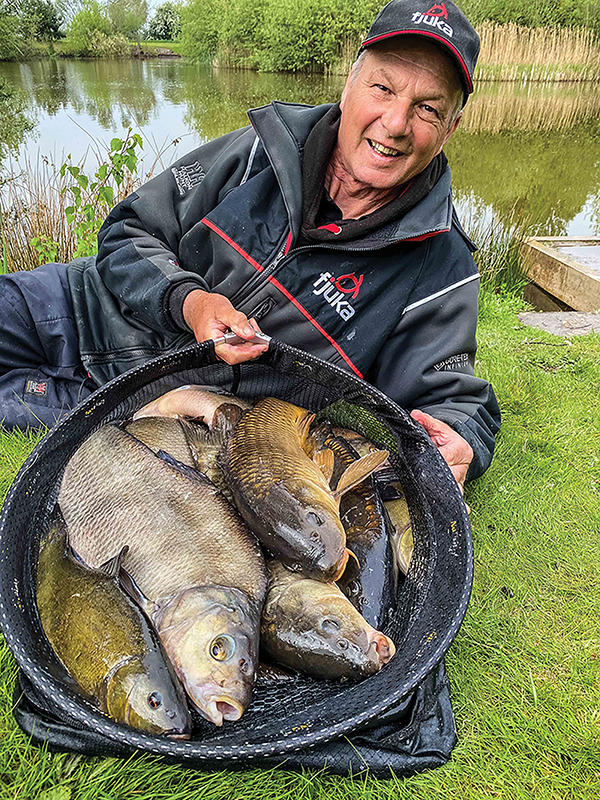
- Log in or register to post comments
